calsfoundation@cals.org
Cornish House
In 1917, Little Rock (Pulaski County) architect Theo Sanders designed the Cornish House at 1800 Arch Street in Little Rock for Edward and Hilda Cornish. The Cornish House exemplifies traditional Craftsman style with the usage of many natural materials in its construction, such as brick, granite, stucco, wood, and clay tile. Edward Cornish was one of Little Rock’s most prominent and affluent bankers of the early twentieth century until his death in 1928, while his wife was instrumental in founding the organization that became the Planned Parenthood Association of Arkansas.
The Cornish House was built on land covering four different lots in Little Rock’s historic Quapaw Quarter, formerly known as the Arkansas School for the Blind Neighborhood. The home was reportedly built for $60,000, with an additional $15,000 in expenses for wicker furnishings. The first floor contains a parlor, library, study, breakfast room, kitchen, and dining room. The second floor is made up of five bedrooms and three bathrooms, while the third floor was used as a ballroom. The main home is 8,200 square feet, and the adjacent carriage house is 1,368 square feet. The home remained in the Cornish family until 1934, after which it served as a nursing home and then again as a private residence.
Edward Cornish was born in Drew County on October 25, 1871, to Eli Arkansas Cornish and Sarah Benton Cornish. Cornish graduated from high school in Monticello (Drew County) in 1886 and attended business college in Poughkeepsie, New York. His career began in Little Rock as a bookkeeper for a clothing company. Cornish married his first wife, Nona Lambert, in 1891; she died from complications during childbirth shortly after the couple’s first child, six-year-old Ruth Cornish, had died.
In 1900, Edward Cornish and J. E. England Sr. organized Cornish and England, a banking and real estate firm that dissolved after about four years of operation, after which Cornish became president of the American Bank. He married Brunhilde (Hilda) Kahlert in 1902. Hilda Cornish became influential in Little Rock as the main driving force in the Arkansas birth control movement.
In 1911, the American Bank merged with German National Bank, and Edward Cornish was named vice president. He was also president of German Trust Company. During World War I, the names of bank and trust were changed, and they both later consolidated with the Bank of Commerce to form the American Bank of Commerce, of which Cornish was president from 1921 to 1924. In 1919, Edward and Hilda Cornish, along with their six children, moved into their new home at 1800 Arch Street.
In 1924, Cornish became president of the National Cottonseed Products Corporation. His last executive position was with the First National Bank and Trust Company of West Palm Beach, Florida. Upon the collapse the Palm Beach bank, Cornish committed suicide in the Roosevelt Hotel in New Orleans, Louisiana.
Along with $375,000 in life insurance, Cornish left the property at 1800 Arch Street to his wife, Hilda. In 1934, she sold it to a local realtor who reportedly paid $10,000 for the property.
In the early 1940s, the Cornish House was converted into a nursing home, the Julian Home, which operated until 1973. After being vandalized and standing vacant for five years, the home was purchased by Dr. F. Hampton Roy in 1978. The Cornish House underwent extensive restoration, including the restoration of original stenciling on the walls, the repair of the original floors along with Cuban mahogany support beams, and the installation of period light fixtures. The home was listed on the National Register of Historic Places in 1982 and has remained a private residence. The Cornish House is one of the most noteworthy historic homes in Little Rock and the state of Arkansas.
For additional information:
“Cornish House.” National Register of Historic Places nomination form. On file at Arkansas Historic Preservation Program, Little Rock, Arkansas. Online at http://www.arkansaspreservation.com/National-Register-Listings/PDF/PU1469.nr.pdf (accessed November 2, 2021).
F. Hampton Roy Collection. University of Central Arkansas Archives and Special Collections, Conway, Arkansas.
Nichols, Cheryl Griffith. Little Rock: Driving Tours of Three Historic Neighborhoods. Little Rock: Arkansas Historic Preservation Program, 1989.
Roy, F. Hampton, Charles Witsell Jr., and Cheryl Griffith Nichols. How We Lived: Little Rock as an American City. Little Rock: August House, 1984.
Alex Nichols
Marion, Arkansas
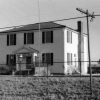 Architectural Styles
Architectural Styles Early Twentieth Century, 1901 through 1940
Early Twentieth Century, 1901 through 1940 Historic Preservation
Historic Preservation Cornish House
Cornish House 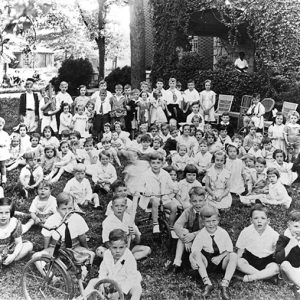 Cornish House Birthday Party
Cornish House Birthday Party 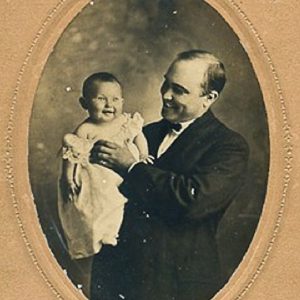 Edward and Hilda Cornish
Edward and Hilda Cornish 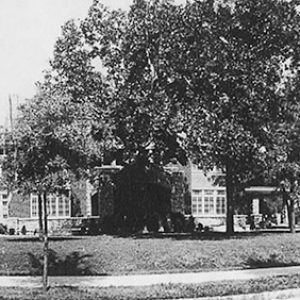 Cornish House
Cornish House 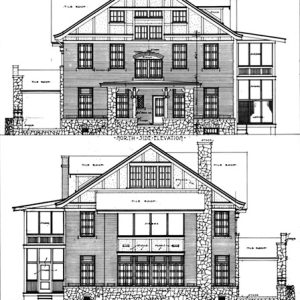 Cornish House Plans
Cornish House Plans 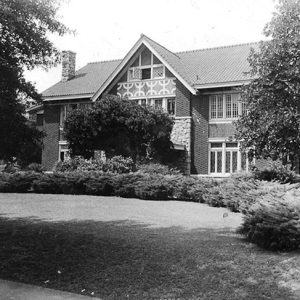 Cornish House
Cornish House 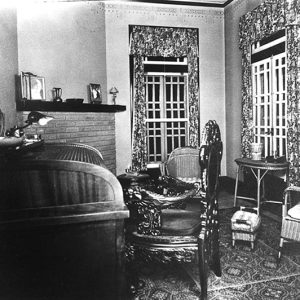 Cornish House Interior
Cornish House Interior 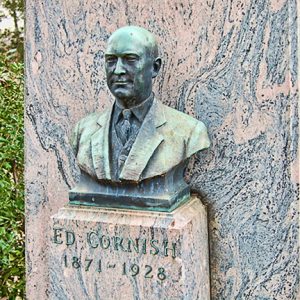 Ed Cornish Tombstone
Ed Cornish Tombstone 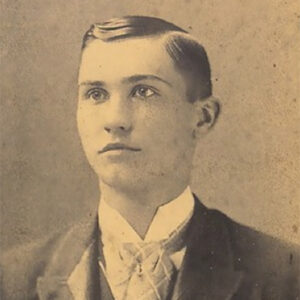 Edward Cornish
Edward Cornish  Cornish House
Cornish House 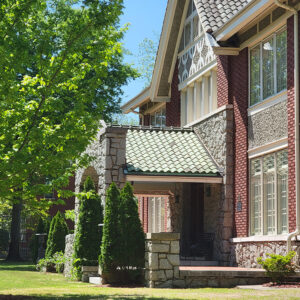 Cornish House Porch
Cornish House Porch 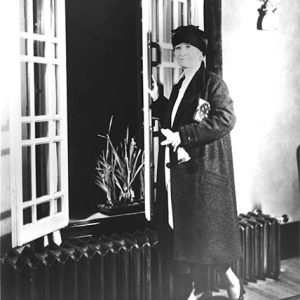 Hilda Cornish
Hilda Cornish 




Comments
No comments on this entry yet.